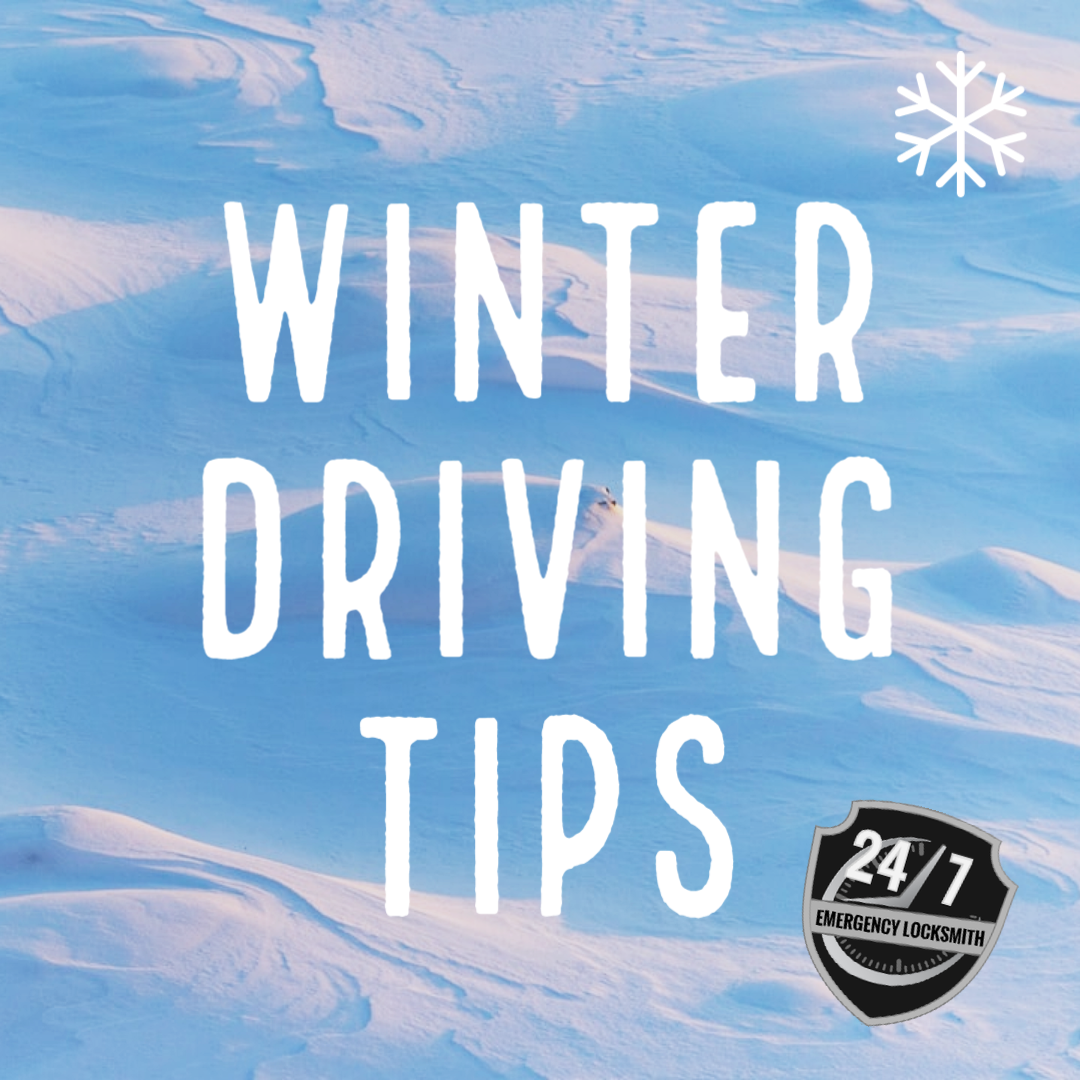
Winter is coming! No, really, the first flakes of the season could be here any day now. In fact, we’re a little surprised they haven’t shown up already.
As we make the shift from driving where there isn’t much on the roads, to sometimes not being able to get down a street, here are some driving tips that, even if you already know them, are good to brush up on.
1. Get your car serviced
It’s always a good idea to have your mechanic look at your vehicle to ensure it’s ready for the winter weather. You can also check on recalls at www.nhtsa.gov/recalls
2. Carry Items in your vehicle for winter weather:
• Snow shovel, broom, and ice scraper.
• Abrasive material such as sand or kitty litter, in case your vehicle gets stuck in the snow.
• Jumper cables, flashlight, and warning devices such as flares and emergency markers.
• Blankets for protection from the cold.
• A cell phone with charger, water, food, and any necessary medicine (for longer trips or when driving in lightly populated areas).
Plan your route: Where are you headed and what are you doing? Let someone know if you’re heading out in inclement weather.
3. Always wear your seat belt every trip, every time
4. Stay Alert
Keep your gas tank close to full whenever possible, and, on longer trips, plan enough time to stop to stretch, get something to eat, return calls or text messages, and change drivers or rest if you feel drowsy.
5. Avoid Risky Driving Behaviors
Driving in the winter isn’t like driving during other parts of the year. Remember that. Know that the road conditions make it inappropriate for regular driving type activities. It’s harder to stop and control your vehicle. Slow down!
6. What to Do in a Winter Emergency
If you are stopped or stalled in wintry weather, follow these safety rules:
• Stay with your car and don’t overexert yourself.
• Put bright markers on the antenna or windows and keep the interior dome light turned on.
• To avoid asphyxiation from carbon monoxide poisoning, don’t run your car for long periods of time with the windows up or in an enclosed space. If you must run your vehicle, clear the exhaust pipe of any snow and run it only sporadically — just long enough to stay warm.
Source: United States Department of Transportation















